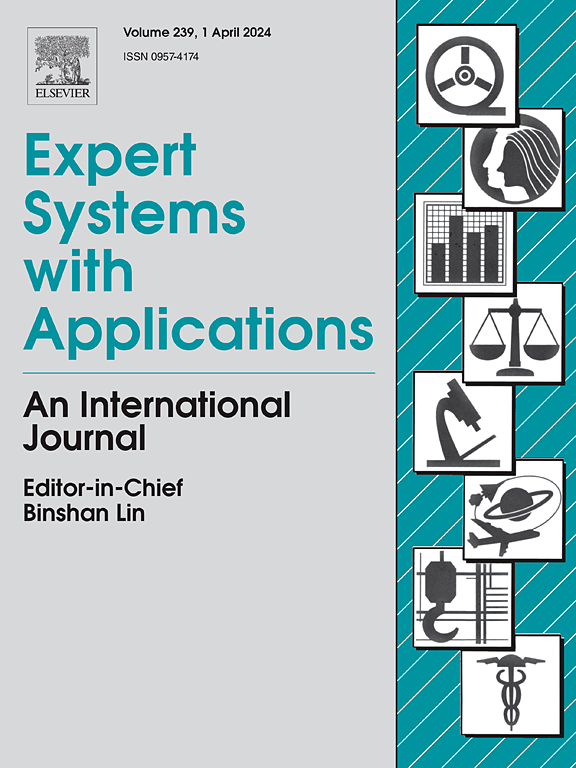Information-assisted and sentiment relation-driven for aspect-based sentiment analysis
IF 7.5
1区 计算机科学
Q1 COMPUTER SCIENCE, ARTIFICIAL INTELLIGENCE
引用次数: 0
Abstract
Aspect-based sentiment analysis aims to extract fine-grained sentiment information for different aspects in a review sentence. While existing methods have explored various ways to model the relationships between aspect terms and context, they often overlook the sentiment connection between aspect terms and the sentiment expressed by the review sentence itself. The sentiment tone of the sentence typically reflects the reviewer’s preferences and focus on certain aspects. Capturing this sentiment relationship allows the model to gain a more comprehensive understanding of the reviewer’s emotional experience and attitude. In this paper, we propose an information-assisted and sentiment relation-driven multitask learning network (IASD-ML) to address this gap. We define and label the relationship between aspect polarity and sentence polarity, treating it as an auxiliary task to learn the reviewer’s emotional context and the emotional associations between aspects and sentences. To the best of our knowledge, this is the first attempt to extract the sentiment relationship between aspect terms and sentence sentiment as an auxiliary classification task. Furthermore, relying solely on coarse-grained emotional cues from context is often insufficient to fully capture semantic and implicit relationships. To address this, we incorporate external commonsense path information to assist in extracting fine-grained sentiment cues and background information. Specifically, we use an external sentiment lexicon to label emotional words in the sentence, treating aspect terms as head entities and emotional words as tail entities, and retrieve commonsense path information from the ConceptNet knowledge base. By combining word dependencies with commonsense path information, we construct a commonsense aware graph network to further strengthen the emotional connections between aspect terms and sentiment words. Experimental results on benchmark datasets demonstrate that our approach has a solid competitive advantage.
求助全文
约1分钟内获得全文
求助全文
来源期刊

Expert Systems with Applications
工程技术-工程:电子与电气
CiteScore
13.80
自引率
10.60%
发文量
2045
审稿时长
8.7 months
期刊介绍:
Expert Systems With Applications is an international journal dedicated to the exchange of information on expert and intelligent systems used globally in industry, government, and universities. The journal emphasizes original papers covering the design, development, testing, implementation, and management of these systems, offering practical guidelines. It spans various sectors such as finance, engineering, marketing, law, project management, information management, medicine, and more. The journal also welcomes papers on multi-agent systems, knowledge management, neural networks, knowledge discovery, data mining, and other related areas, excluding applications to military/defense systems.
 求助内容:
求助内容: 应助结果提醒方式:
应助结果提醒方式:


